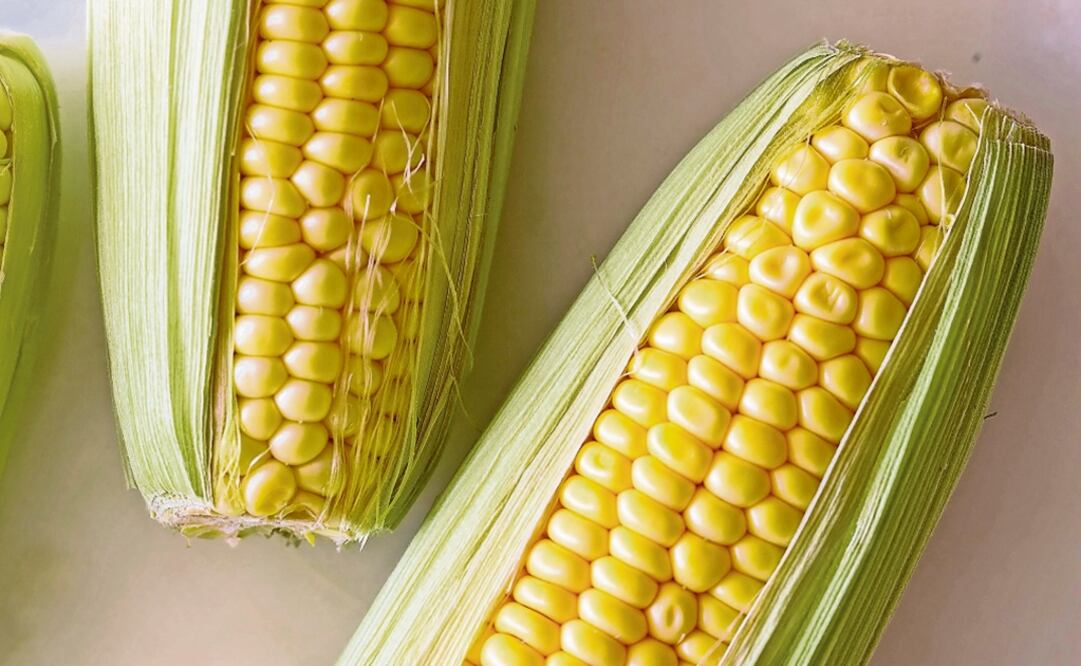Mexican scientists use plasma to boost durability of fruits and vegetables in supermarket shelves, according to the National Council of Science and Technology (CONACYT) .
This technology, traditionally used for the automotive sector and the production of television sets, is now being used by a group of investigators from the Applied Chemistry Research Center (CIQA) to address the rising demand for foods due to population growth.
According to the United Nations’ Food and Agriculture Organization (FAO) , plants represent more than 80% of humanity’s diet and nutrition . In 2050, it will be necessary to increase food production by 60% worldwide due to population growth.
Plasma is a partially ionized gas that can be found in nature: It is present in the surface of the sun, stars, and northern lights. However, it can also be produced in a laboratory.
Doctor Guadalupe Neira, an investigator from the Polymer Synthesis department at CIQA
, defines it as the fourth state of matter.
“After the solid, liquid, and gaseous state comes plasma,” she claims. Furthermore, she added that its artificial production is no easy task.
Regarding its use in the food sector, she indicated that fruits and vegetables can be treated with plasma for a few seconds “in order to eliminate bacteria and superficial fungi in the product at hand,” thus extending its durability.
She also commented that her team was currently working on “seed treatment.”
“Plasma treatment can increase the seed’s surface and produce chemical groups that allow for the seed to absorb water faster,” she explained.
Furthermore, plasma can easily eliminate certain microorganisms that affect seed germination. “This could help reduce the use of fertilizers and other chemicals,” added Neira.
Seeds treated with plasma are known to germinate faster, boosting farm production.
Scientists have used plasma to treat beans, corn, pumpkin, cucumber, papaya, guayule, and different types of pepper .
dm
Noticias según tus intereses
[Publicidad]
[Publicidad]















